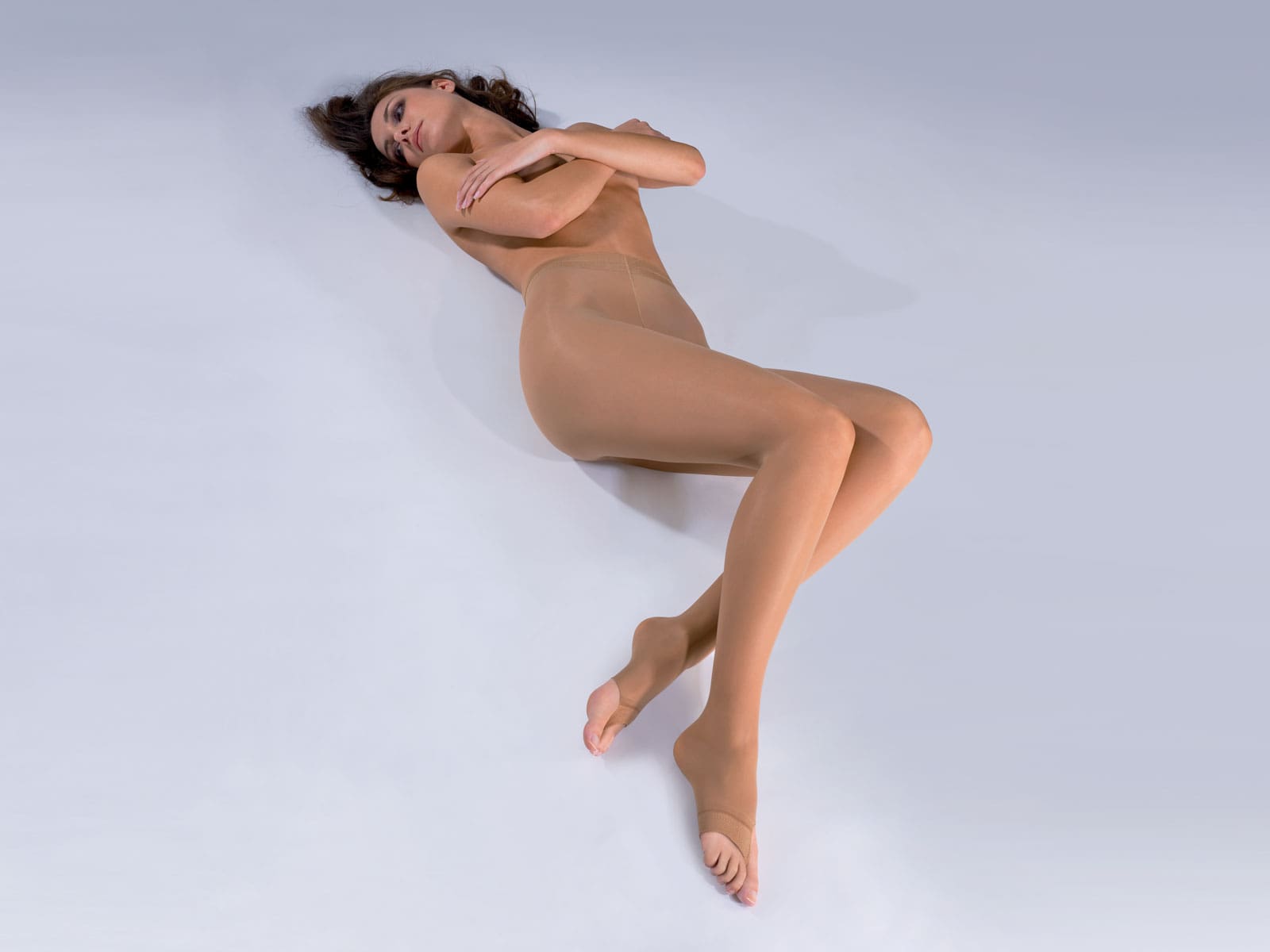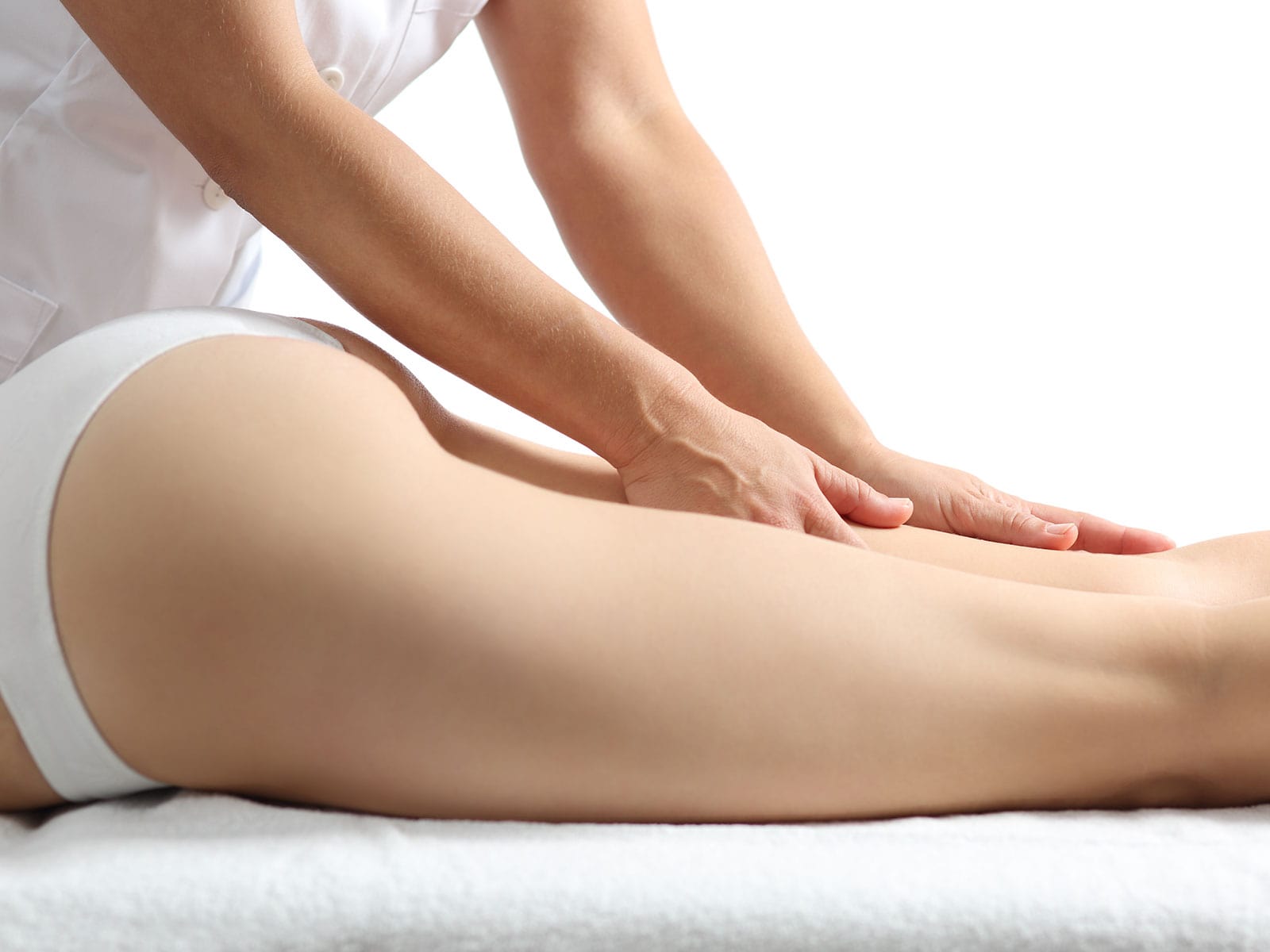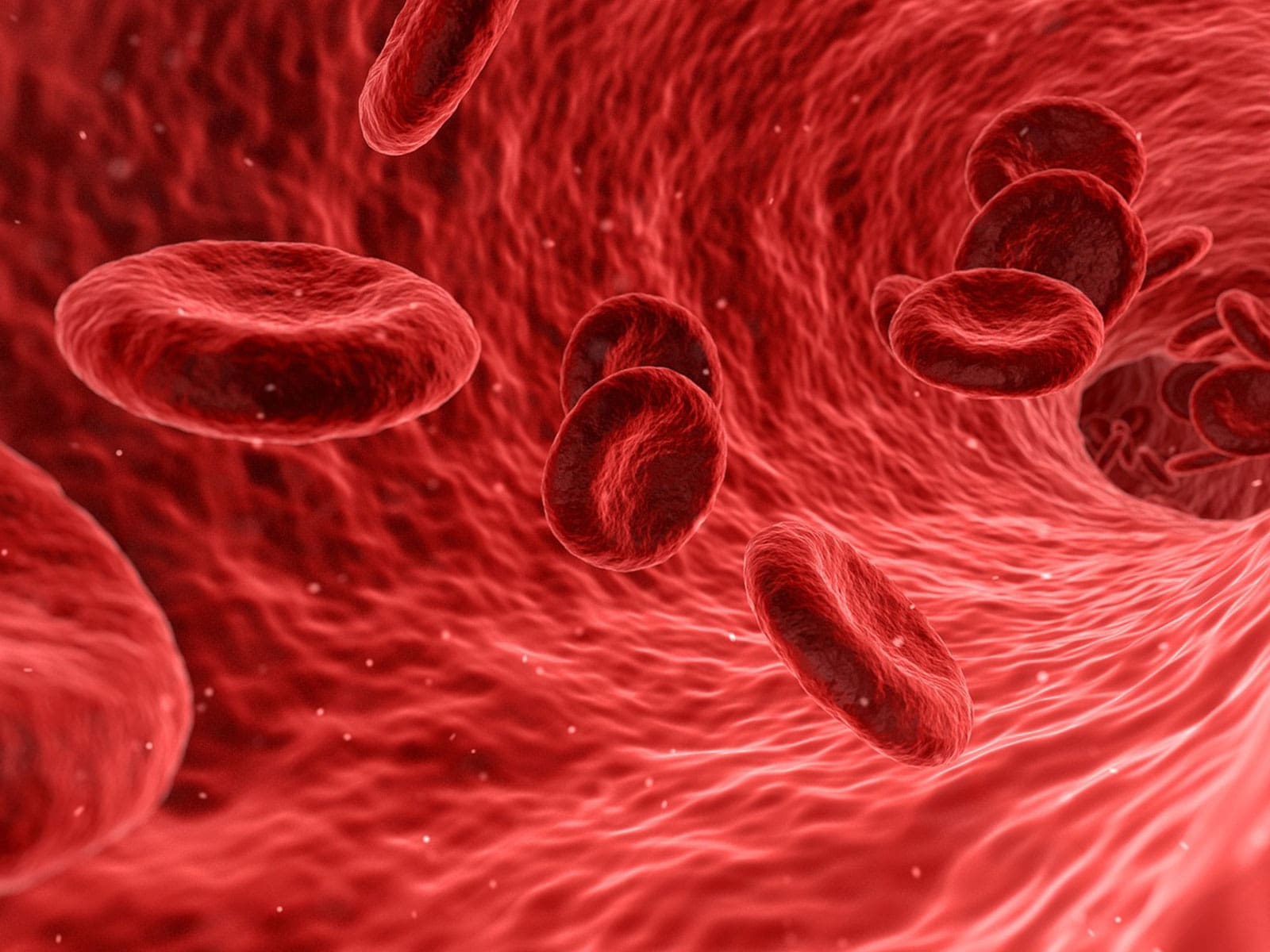Phlebitis is the event that occurs when a superficial vein is damaged due to a thrombus or a blood clot. The appearance of a clot can obstruct the proper flow of circulation. In fact, you will have heard more often to name the phlebitis with the name of superficial venous thrombosis, or, thrombophlebitis.
What is Phlebitis and Thrombosis
Phlebitis and superficial venous thrombosis are the same pathology that consists of the formation of thrombi that can compromise the venous system and, consequently, compromise the functioning of our main organs. There can be multiple reasons for why phlebitis comes, and some of the causes are very common, including obesity, trauma, excessive sedentary lifestyle, hospitalization, post-operative immobility, medication intake.
Phlebitis and thrombosis occur mainly in the lower limbs. Among the most at risk are people who suffer from varicose veins in the legs. The formation of a thrombus can occur anywhere in the body, and becomes a deep vein thrombosis when it occurs within a muscle, putting the person at risk of serious life-threatening complications.
How does phlebitis manifest and how to recognize it?
We have defined phlebitis as a severe venous fatigue that favours the obstruction of a superficial vein, for the formation of a clot or a thrombus. This malfunction of the circulatory system occurs in the superficial veins, especially the legs, and you can see its presence even with the palpation of the affected area.
The most common symptoms of phlebitis that allow you to recognize it are: swelling of a vein, redness and pain of the affected part. To the touch the leg will be hard as well as painful.
The presence of phlebitis is linked to causes of slowed venous circulation. Be careful when you spend a lot of time in the same position, such as during long trips by car or plane; when you are forced to spend periods bedridden, due to illness or surgery. It is essential to take special care when you have coagulation alterations, such as:
- genetic thrombophilia
- taking birth control pills or hormone replacement drugs
- pregnancy
- tumour diseases
What to do in the presence of phlebitis and who treats it
If you suspect a venous alteration, think you are in the presence of thrombophlebitis or phlebitis, how to intervene should not be a doubt: contact your doctor. For the diagnosis of phlebitis it is necessary that the doctor is informed of the symptoms to make a first evaluation.
The disease will be detected after blood tests and investigations such as ultrasound and Doppler echocardiography. If the results of the ultrasound are clear enough, more sophisticated tests will be carried out such as CT, MRI and venography (an X-ray with contrast medium that detects the presence of DVT).
The reference specialist doctors who follow the treatment and treatment of phlebitis are the angiologist and the phlebologist. It is important to follow your doctor's instructions carefully and not neglect prevention to prevent phlebitis from turning into a more serious venous disorder.
Phlebitis: how to intervene
We emphasize that in case of phlebitis it is important to consult your general practitioner, or, if you are already in contact with a specialized doctor, your reference doctor. Among the precautions that we can apply in everyday life to cope with the aggravation of a phlebitis, or to prevent venous fatigue, we find:
- keep your legs raised to encourage venous return
- make sure you're moving to avoid improving circulation
- use graduated compression stockings to prevent and reduce discomfort.
There are no recommendations that can be shared by everyone on what to take or what to eat in case of circulatory disorders because they are indications to have “tailored”. Those just listed are simple good habits to intervene on phlebitis in parallel with a therapy that, sometimes, can involve the use of anti-inflammatories, painkillers and anticoagulants.
So remember to satisfy any doubts by asking your doctor. You can do good by keeping your cardiovascular system healthy. Spend an hour a day on physical activity, even a brisk walk, and wear compression stockings when you spend much time in the same position, at work or as you go.







